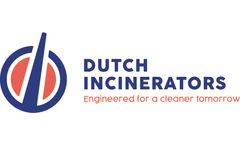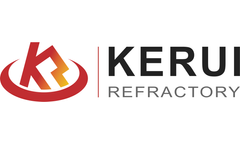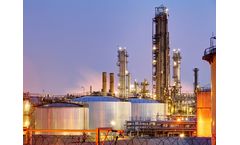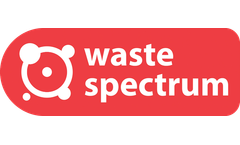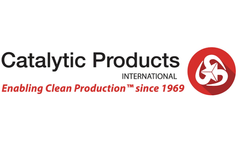Thermal Incineration Articles & Analysis
10 articles found
Contractor: Dutch Incinerators NL. Contract type: EPC, Project Management. Customer / Operator: ECO – SWM. Project location: Singapore. Industry: Solid Waste Management. Waste types: Hazardous chemical ...
Contractor: Employment contract. Learning experience: Plant upgrade, operations. Customer / Operator: Modern Asia. Environmental Holdings / Technochem. Project location: ...
Contractor: Employment contract. Learning experience: Plant upgrade, operations. Customer / Operator: Modern Asia. Environmental Holdings / WMS. Project location: Bang Poo / Thailand. Industry: Waste Management. Waste types: Hazardous chemical/industrial ...
Common refractory materials for incinerators include fire clay, high alumina, and silica fire brick.Thermal ConductivityConsider thermal conductivity when selecting incinerator refractory bricks. This property refers to a material's ability to transfer heat. Low thermal conductivity bricks are desirable as they minimize heat loss ...
Alumina-based or chemically inert refractory materials, like chrome-alumina or magnesia-chrome, are commonly employed in waste incineration applications.3. Thermal Shock Resistance: Waste incineration rotary kilns undergo frequent thermal cycling, experiencing rapid temperature changes during start-up, shut-down, and load ...
What Is Incineration? Incineration is the process of burning waste material at a high temperature as a way of disposal. This process is also known as ‘thermal treatment’. Incineration is now seen as an essential part of any waste reduction plan to minimise waste and the amount of waste that goes to landfill. What ...
The efficient mobile EfW incinerators can be supplied containerised and ready for use in the chosen location; they just require fuel and a basic electrical connection. ...
There are a lot of myths and misconceptions out there when it comes to incinerators and with many people feeling uncertain of what they actually need when in a position to purchase a incinerator, it is sometimes difficult to tell fact from fiction. ...
Most standard heating processes including boilers operate with excess air (excess oxygen)—for example: Steam or power boiler Process heater Sludge incinerator Reformer furnace Recovery boiler, etc. Excess Fuel or High Millivolt Applications Oxygen or Combustibles from ZrO2 Some applications use the flue gas not only to generate heat, but also to alter the ...
Catalytic Products International is a 43 year old designer, manufacturer, and installer of customized Thermal Incineration Systems including; Catalytic Oxidizer’s, Regenerative Thermal Oxidizer’s, and Thermal (recuperative) Oxidizer’s. ...

